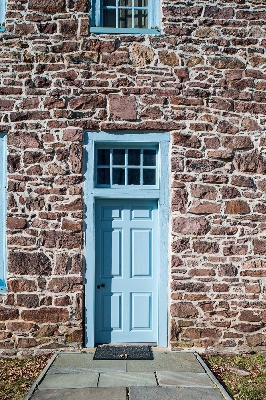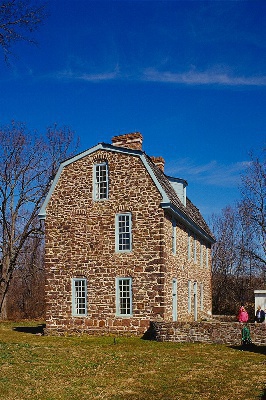Exterior
5/5
Interior
5/5
Site
5/5
History
5/5
Overall
5/5
Graeme Park’s location allows visitors to see an early 18th century home in a reasonably unaltered landscape. Its plain but imposing stone exterior contrasts with spectacularly carved interior paneling and details. The original interiors rival those of Hope Lodge.



